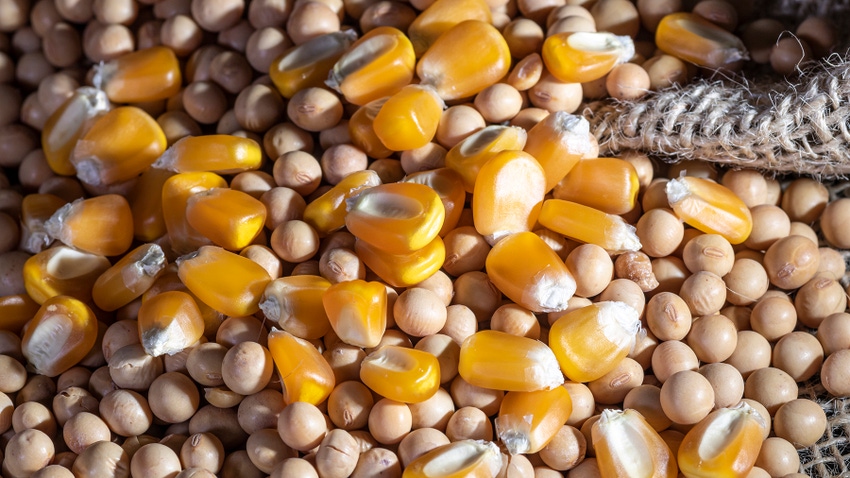
There is plenty on your plate these days. I am talking about harvest, fall tillage, and input decisions for next year, to name a few. In my “backyard,” yields are generally better than expected given a really dry start to the growing season and not-so-stellar finish in August.
If you get a break from harvest and are catching up on paying bills, repairs, and rest, it’s also a good time to think about grain marketing moving forward. Let’s break down some thoughts to consider for your marketing plan for two crop years, so that as you move through the home stretch of harvest you can rest assured you are keeping markets in focus.
Managing ‘23 crop sales
There is still plenty of corn to be harvested across the U.S. The spreads in the futures market have had a volatile couple days for both corn and soybeans. This is part of the incentive that the market is offering to you to store grain. Once the bin doors slam shut, we will see how much work basis does for us as we head into the end of the year.
The fall price for crop insurance is getting close to being finalized – at which point you should have a better idea for your operation if there are any indemnities on your farm. Now is the time to know if you have unsold bushels, whether on farm or if stored commercially, and how you may protect from lower markets. We will push clients to either have floors via put options and/or have HTA contracts out in deferred months to lock in carry and be delivered at a later date. January, March, May, and July are months to consider – and partially dependent on your operation’s ability to ship at those times.
Pricing next year’s crop
Dec 2023 Corn futures were near $6.25 and November 2023 Soybean futures were around $13.50 a year ago. Inputs were significantly higher as well. Sales made a year ahead of harvest and put purchases were better than any opportunities we saw until late June of 2023. Right now, December 2024 corn futures are trading around $5.25 and have had a range over the past 6 months between $4.85 ¾ and $5.65. November 2024 soybean futures are $12.65 and have ranged $11.16 ¼ to $13.20.
The Bean/Corn ratio currently sits at 2.42 to 1. Historically that would lean toward more soybean acres, but it’s 6 months away from planting in most areas. A tighter bean carryout and an increasing corn carryout today could also encourage more bean acres in the U.S. come spring. But how big will the South American crop be? It’s a good time to get floors in place, have offers in for sales, and look ahead to the end of the year.
Farmers will be locking in more inputs over the next few months. You can coincidingly get floors in place on the price side and keep flexibility as we go into winter and into the next growing season.
Factors to watch
There are plenty of newsworthy items that can and will affect the ‘23 and ‘24 crops moving forward. There are lower water levels currently in the midsection of the U.S. (as well as in Panama and Northern Brazil). Conflicts in Ukraine/Russia, and now Israel, create more geopolitical risk that creates instability in the world and the markets. There is also dryness in South America and continued dryness across much of the corn belt.
Loan renewal season is also upon us, with interest rates now at around 8-9% percent on operating notes. These are all factors that will ultimately affect grain prices and sales. They may also affect input prices as we head into 2024.
Contact Advance Trading at (800) 747-9021 or go to www.advance-trading.com.
Information provided may include opinions of the author and is subject to the following disclosures:
The risk of trading futures and options can be substantial. All information, publications, and material used and distributed by Advance Trading Inc. shall be construed as a solicitation. ATI does not maintain an independent research department as defined in CFTC Regulation 1.71. Information obtained from third-party sources is believed to be reliable, but its accuracy is not guaranteed by Advance Trading Inc. Past performance is not necessarily indicative of future results.
The opinions of the author are not necessarily those of Farm Futures or Farm Progress.
About the Author(s)
You May Also Like






